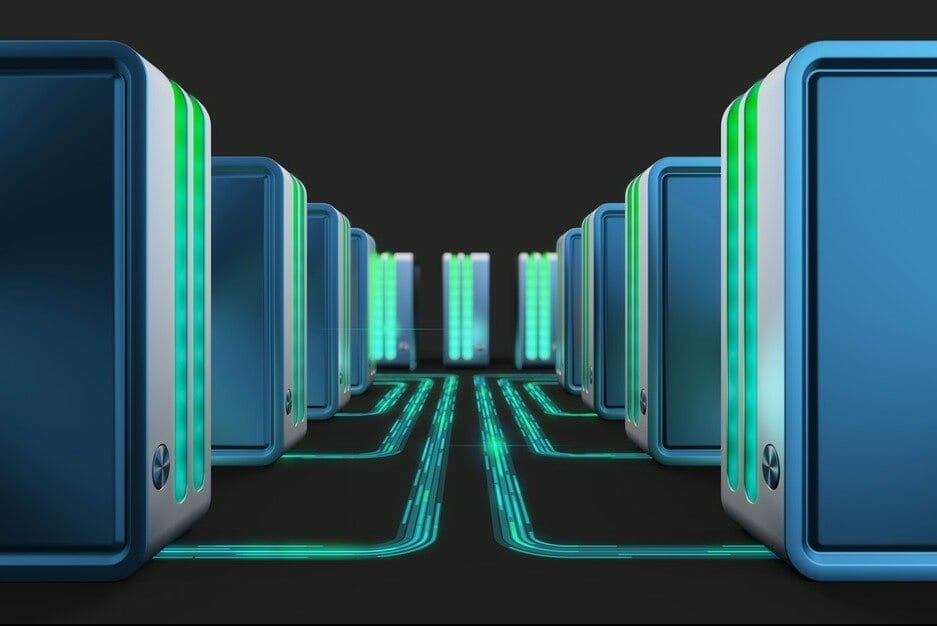How the Shift to Virtualization Will Impact Data Center Infrastructure9 min read

Virtualization has fundamentally changed the way we design and deploy data centers. Moving forward, cloud and virtualization technologies are only going to continue to empower and evolve the data center ecosystem. For example, the latest AFCOM State of the Data Center report indicates that between now and 2016, 83% of survey respondents said that they’ll be implementing, or have already deployed, software-defined networking or some kind of network function virtualization. Furthermore, 44% have deployed or will be deploying OpenStack over the course of next year. Finally, even though it’s a new technology – platforms like Docker are already seeing 14% adoption.
To really see the big picture – it’s important to understand just how far virtualization has come. To help reduce the amount of hardware within a data center, virtualization has allowed to new levels of control and multi-tenancy. However, we’re not just discussing server virtualization any longer. New types of technologies have taken efficiency and data center distribution to a whole new level. Aside from server virtualization, IT professionals are now working with:
- Storage virtualization
- User virtualization (hardware abstraction)
- Network virtualization
- Security virtualization
More appliances can be placed at various points within the data center to help control data flow and further secure an environment.
So – with virtualization in mind – what has changed within the data center? How are administrators managing a much denser and diverse ecosystems?
- Distributed data center management. This is, arguably, one of the biggest pieces of evidence in how much the data center has evolved to help support the modern cloud and virtual systems. Traditional DCIM solutions usually focused on singular data centers without too much visibility into other sites. Now, DCIM has evolved to help support a truly global data center environment. In fact, new terms are being used to help describe this new type of data center platform. Some have called it “data center virtualization” or the abstraction of the hardware layer within the data center itself. This means managing and fully optimizing processes running within the data center and then replicating it to other sites. In some other cases, a new type of management solution is starting to take form: The Data Center Operating System. The goal is to create a global computing and data center cluster which is capable of providing business intelligence, real-time visibility and control of the data center environment from a single pane of glass.
- High-density computing. Switches, servers, storage devices, and racks are all now being designed to reduce the hardware footprint – while still supporting more Let’s put this into perspective. Modern blade chassis systems allow administrators to create hardware as well as service profiles which can dynamically re-provision resources on demand. Furthermore, density capabilities around these types of systems is far more advanced than it ever was before. This means a lot of users, a lot of workloads and plenty of room for expansion. This holds true for logical storage segmentation and better usage around other computing devices. Remember, it’s not just computing either. Network, storage, and even security virtualization are all abstracting physical resources for easier management and greater flexibility.
- Data center efficiency. To help support larger amounts of users and a greater virtualization-ready environment, data center ecosystems had to restructure some of their efficiency practices. Whether this was a better analysis of their cooling capacity factors (CCF) or a better understanding around power utilization – modern technologies are allowing the data center to operate more optimally. Remember, with high-density computing we are potentially reducing the amount of hardware; however, the hardware replacing older machines may require more cooling and energy. Now, data centers are focusing on lowering their PUE and are looking for ways to cool and power their environments more optimally. As cloud and virtualization continue to grow, there will be more emphasis on placing larger workloads with the data center environment.
Virtualization can absolutely be your friend. In fact, a good deployment methodology can help optimize resources, improve user experiences, reduce cost, and even create better business workflow. However, it’s critical to align cloud and virtualization with the entire business process. Data center environments are directly tied to organizational goals and initiatives. This means involving business owners as well as IT operators to ensure direct alignment. Your cloud, virtualization, and data center platforms must work in unison to help support the user and the growing business. Virtualization and cloud computing a great ways to do this. However, always make sure you’re deploying best practice which incorporate both the physical as well virtual data center components.

Airflow Management Awareness Month
Free Informative webinars every Tuesday in June.
0 Comments